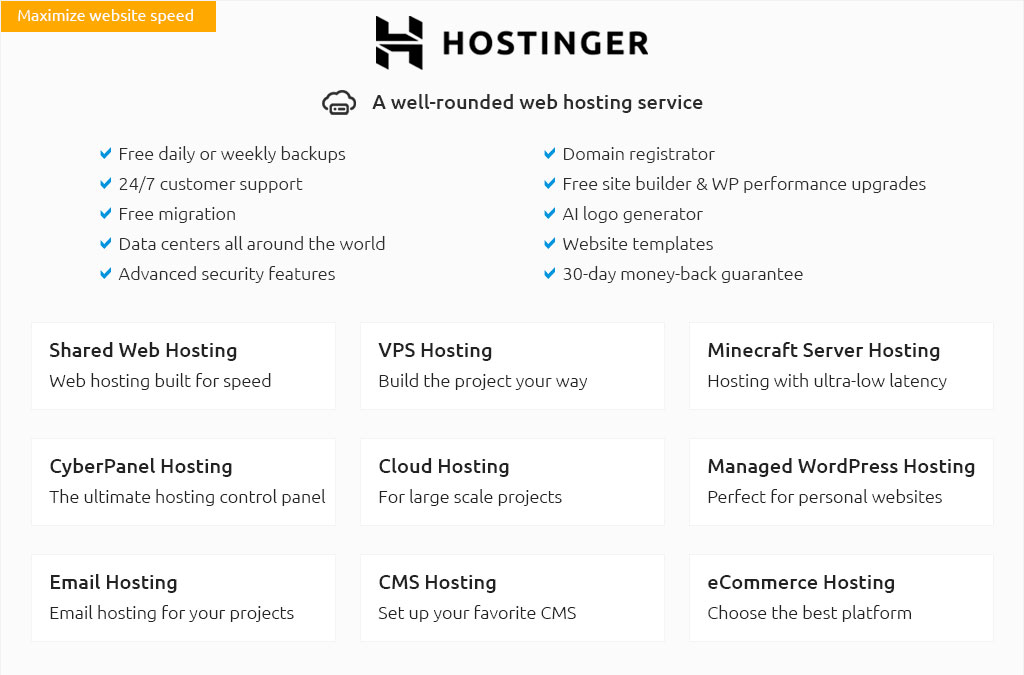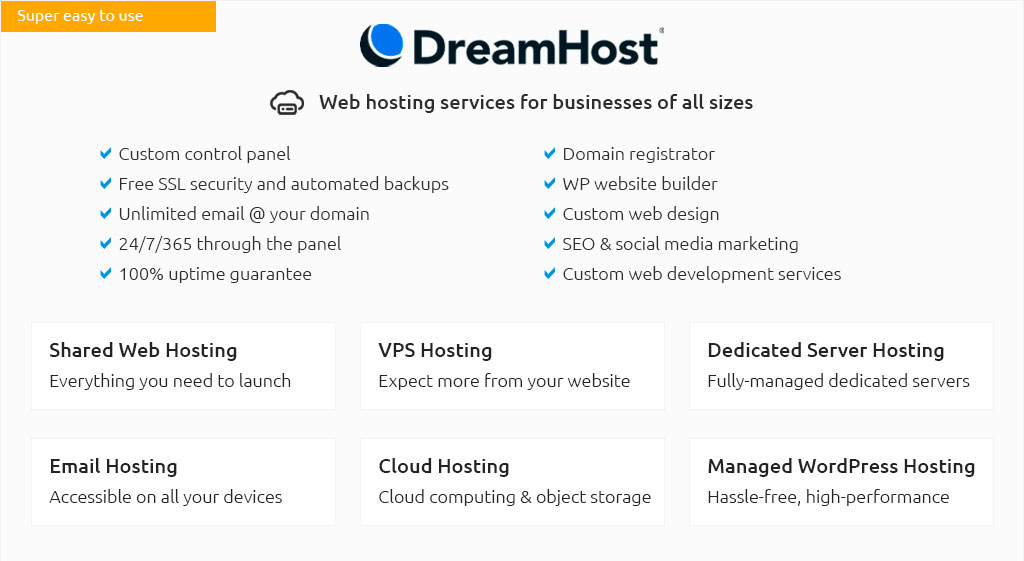 |
|||
 |
 |
 |
|
 |
|
 |
 |
 |
|||
 |
|||
 |
|||
 |
|||
 |
 |
website hosting prices explained for smart budgetingWhat drives the costPrices swing because you’re paying for a blend of resources, support, and reputation. Entry-level shared plans keep costs low by placing many sites on one server, while VPS and dedicated hosting isolate resources for steadier performance. Add-ons like managed updates, daily backups, and premium CDN can nudge the bill upward. Typical rangesAs a quick gut check, shared hosting often starts near the price of a coffee, VPS lives in the mid-tier, and dedicated boxes sit higher for mission-critical traffic. Cloud platforms can scale by the hour, which is great for spiky demand but requires close monitoring. How to compare
Balance what you need now with a path to grow later. A modest plan with honest scaling beats flashy discounts that lock you in. https://www.wix.com/blog/web-hosting-cost
The cost of an SSL depends on several factors, such as the number of domains and subdomains it can cover. As with domain names, many hosting ... https://www.hostgator.com/blog/how-much-does-web-hosting-cost/
Web hosting prices range from $3.75-$6.25 a month. Most commonly, you can expect to spend around $5 a month for a shared hosting plan. https://www.siteground.com/blog/website-hosting-cost/
Average website hosting costs range from $2 to $500 per month. They will depend on the type of web hosting necessary for your website. Each type ...
|